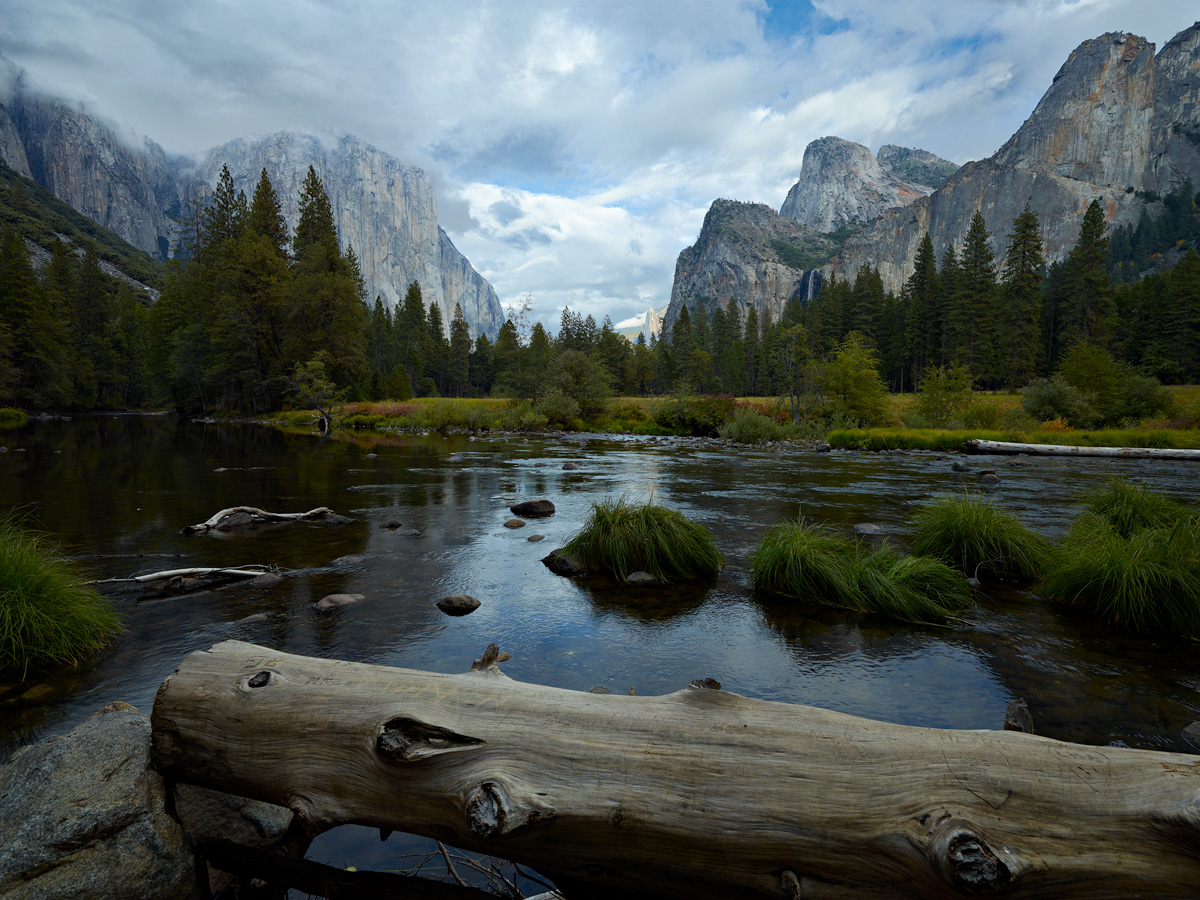I shoot with Phase One's P65+. Even with it's massive 12+stop dynamic range, I find I often need a GND to pull a scene into usable range, especially when shooting outdoors. Remember that you cannot add detail that isn't there with burning, etc. You just end up adding tone.
I carry .3, .45, .6, .9 and 1.2 factor filters in both hard and soft transition configuration. I carried HiTec's for many years but use Lee 4x6" these days due to continuity of supply issues.
Whilst I carry a wide range, the filter that ends up in front of my lens 80% of the time is the .6 (2stop) soft grad.
If you'd like to see the results, have a look at the architectural and industrial sections of my website,
www.bryansiebel.com
Software solutions cannot apply detail that is not there in the raw file. If you are shooting DSLR, not med-format, the GND's become even more invaluable due to the smaller dynamic range.
Bob's comment about them being problematic is a fair one. I choose to live with the problems as I feel the rewards outweigh the dramas. You have to weigh up the pros and cons for yourself factoring all manner of things including portability and bulk, cost in coin as well as time and the type of gear you work with as well as the type of subject matter you shoot.
Alas, there are no free lunches.
Cheers,
Siebel

